IN a nutshell, the LIRR's MAIN LINE was built as a direct route to Conencticut and on to Boston, because the many rivers and inlets along the southern CT shore couldn't be bridged.
A few years later, newer engineering allowed it to happen and the LIRR's grandiose schemes flopped as the New Haven handled that business.
The LIRR was left with a line down the center of no-where-land, miles from the towns for which it had stations.
That was the reason why other railroad companies developed: to service areas without rail service.
When the LIRR acquired the various private roads and incorporated them into their own, they wound up with a goodly-sized rail network.
I guess long-range planning on their parts indicated extending the as-is lines from Port Jeff to Wading River and Bridgehampton to Montauk would have been profitable.
Montauk (and, along the way, the Hamptons) paid off due to the beaches becoming vacation spots as well as the homes of the rich and famous.
East of Port Jeff was still rural back in the 1950s when I was a kid!!!! No wonder the business along that branch took a dump back in the 1930s, at the height of the Great Depression.
Hindsight is great. But making certain decisions at the time may have seemed the "right thing to do" so we really can't blame the railroad or its management at the time. They did what they thought was best.
Some of their decisions were great: electrification of a large portion of the system, branches to the Rockaways and Coney Island, even having thru-trains to help eliminate everybody changing at Jamaica!
Some of their decisions fell flat . . . .

Can't win them all! That's business!
Dave
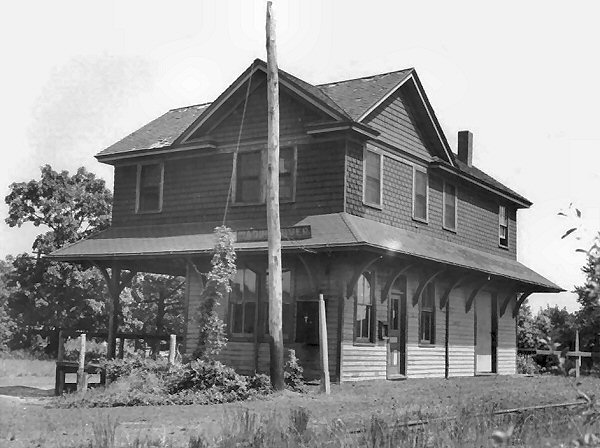
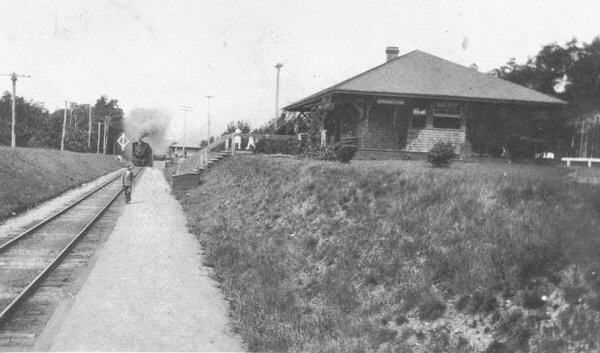


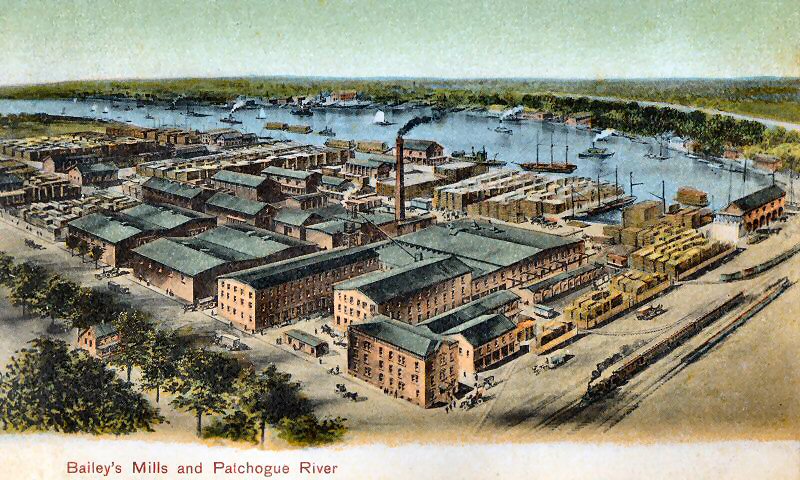
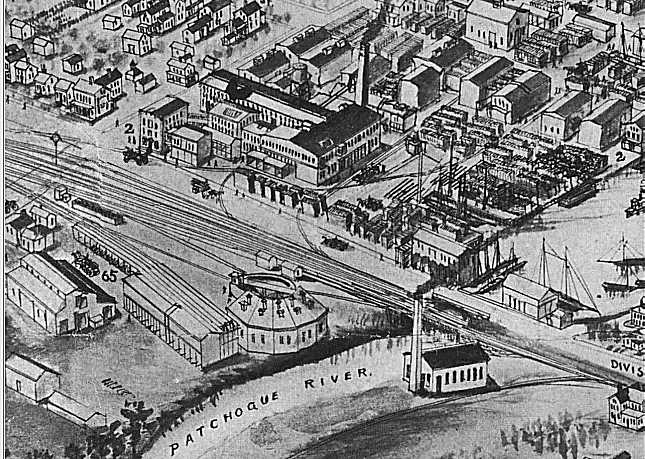
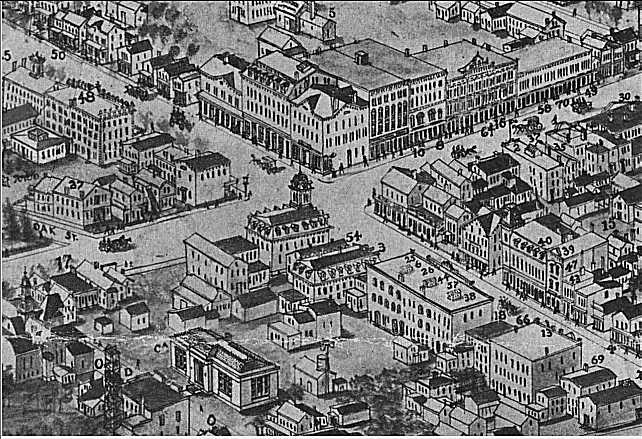
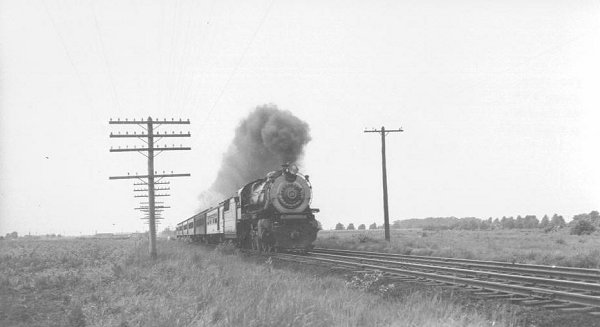 Hello . . . ello . . .. ello . . . . . ello . .. . . . . .
Hello . . . ello . . .. ello . . . . . ello . .. . . . . . 